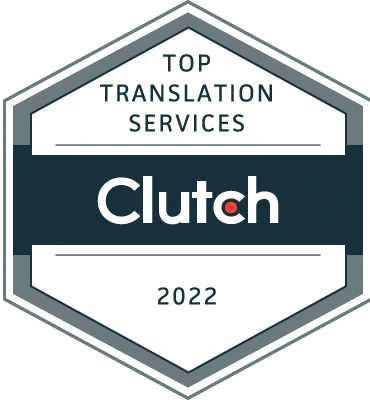In this interview for Cultures Connection on post editing, the American translator Diana Rhudick* has agreed to share with us her opinion on Machine Translation Post-Editing, and to talk about her career path as a translator.
How did you know you were meant to be a translator? What are your favorite fields of specialization?
I’ve wanted to work with languages ever since we received brand new, fresh-smelling, perfectly clean text books for French class in seventh grade; I knew that work would be translation when I took my first translation class in college, and the homework was actually enjoyable. My favorite field of specialization is advertising, because you get to reinvent the text and let your imagination run wild.
What is the difference between Machine Translation Post Editing (MTPE) and revision?
When reviewing a translation, I pay particular attention to different things, based on whether the translation is from a human or a machine. A human may accidentally skip sections of the text, for instance, whereas that is much less likely for a machine. MT errors tend to be in the areas of style and sense; human errors tend to be more about word choice. As a result, recasting sentences to sound natural is more common when postediting MT.
How do you evaluate the quality of a translation?
I don’t use a matrix like the American Translators Association’s Flowchart for Error Point Decisions. The main areas to look at for quality are completeness, register, accuracy, terminology, and flow of the text.
According to you, what are the positive and negative points of the translation tools when you are post-editing? Do you think of such tools as an asset and a time-saver or else a loss of productivity and quality?
The type of text to be translated determines whether or not MT would be a good solution. If you have a text in a more common language (so the MT software has lots of data on it), if the MT engine has been trained in your specific subject matter, and if the output will be edited by a human, then a translation tool such as MT would be a definite time-saver. If your text is more literary or creative, I don’t think a CAT tool or MT would be a great asset.
Do you enjoy more a human translation project or a post editing project? How often do you deal with a machine translated text full of mistakes, not making sense at all?
I can honestly say that I never received entire MT texts that make no sense at all—that’s how far the technology has advanced. That said, I still prefer a human translation project. This type of translation is more varied, and I may even see some translation choices that I’ll use in my own work. With MT, the output is very similar and can be monotonous. It sometimes produces sentences that sound perfectly normal, but do not mean the same thing as the source text. When a human is translating a sentence that he is not quite sure of, he will tend to stick more closely to the source and produce something that sounds a bit awkward, which tips you off that it needs fixing.
Can you share with us a fun fact on post-editing or a striking project?
How about a few statistics? The global machine translation market is expected to reach USD 3 billion by 2027. Electronics, healthcare, and military look to be the sectors of biggest growth.
How different is the work for a human translation job and a MTPE job? Have you noticed major differences since you started working as a translator?
MT has definitely come a long way in the past few years. In the early days, a lot of MT output was plain gibberish, and translators were saying it was mentally exhausting and even caused headaches to edit it. Now, far fewer errors crop up, and they are not likely to be basic grammar and wild terminology errors.
Do you think that a class on post editing makes students more proficient and ready for the job market?
Absolutely. Postediting requires specific skills, so teaching them is a good idea. Since our future is MT, whether we approve or not, it makes perfect sense to teach students how to postedit MT output.
How useful is the Trados certification Post-editing certification? What is a good training course?
The Trados certification is for entry-level PEMT, which is a good place to start. I know that TAUS has a postediting and review course for €100, but I haven’t heard anything about its quality. We are still in the early days of recognizing the need for specialized skills in postediting machine translation, so I think more training options will be coming.
Does MTPE represent a challenge for the career of a translator?
It depends on your outlook: Some would say it’s a challenge, others would say it’s an opportunity. In other words, do you want to decry the loss of the old ways and insist on human-only translation, or do you want to embrace change and adjust to the new market? As an old-timer, I do think we’ve lost something if new translators won’t have the opportunity to analyze a text and then create their own sentences based on their knowledge of languages and subject matter.
*With a passion for languages from an early age, Diana Rhudick received her master’s degree in translation at the Middlebury Institute of International Studies at Monterey and now devotes herself to translation of French and Spanish into English. An expert in fields including law, business, public health as well as technical texts, Diana Rhudick is a highly qualified and skilled translator, certified by the American Translators Association (ATA).



